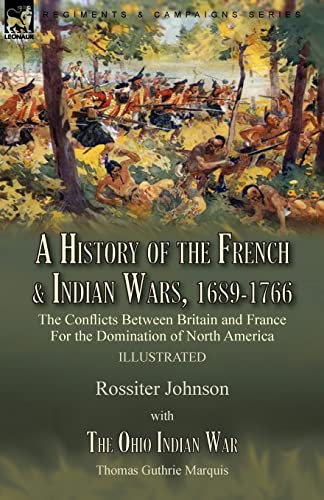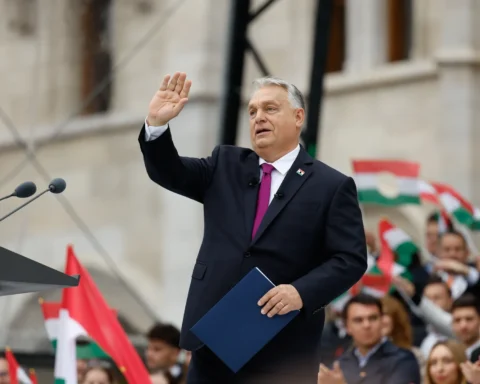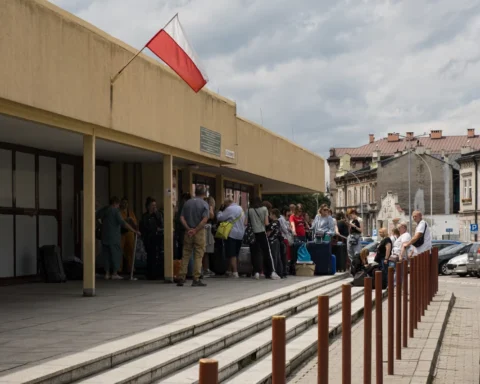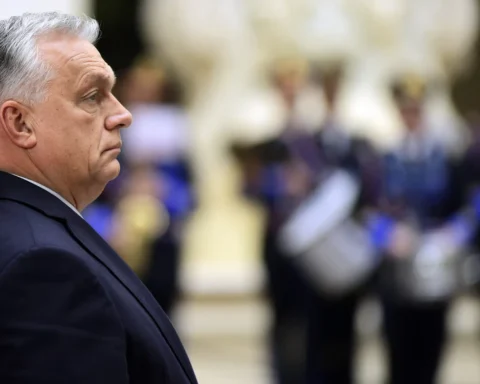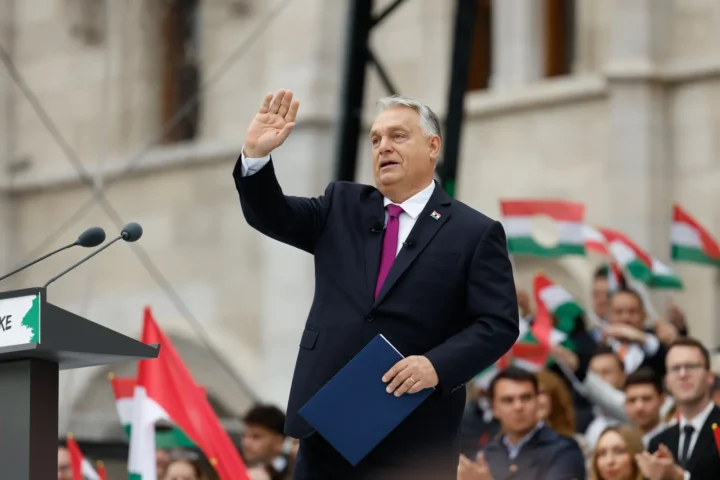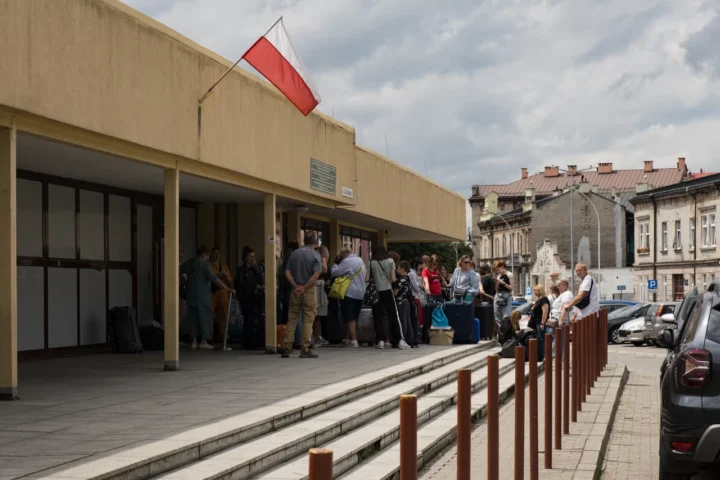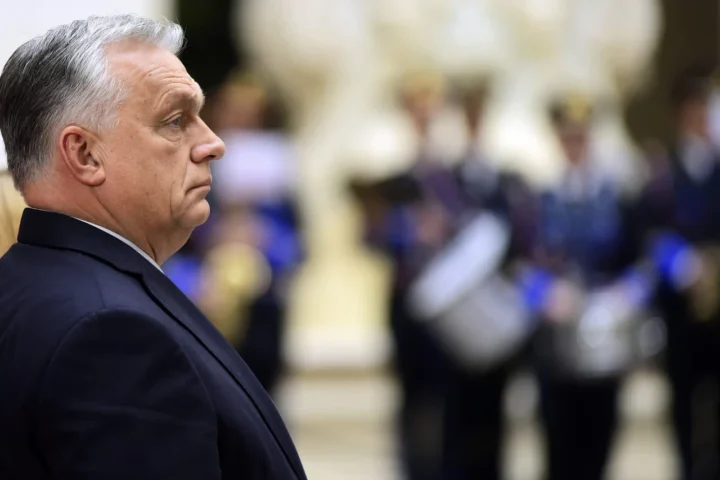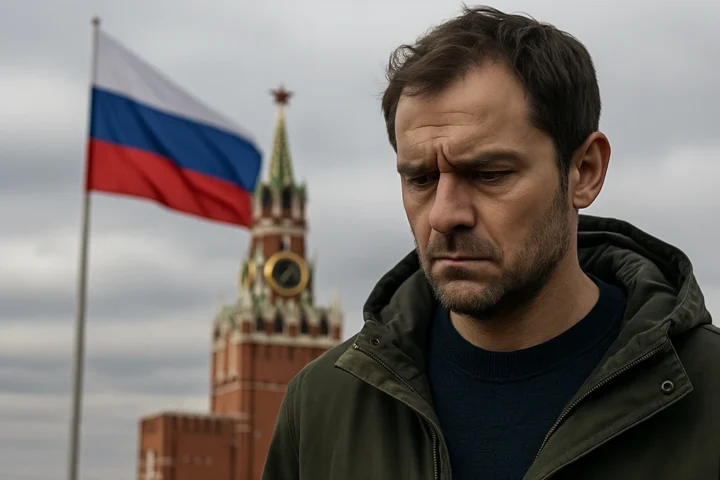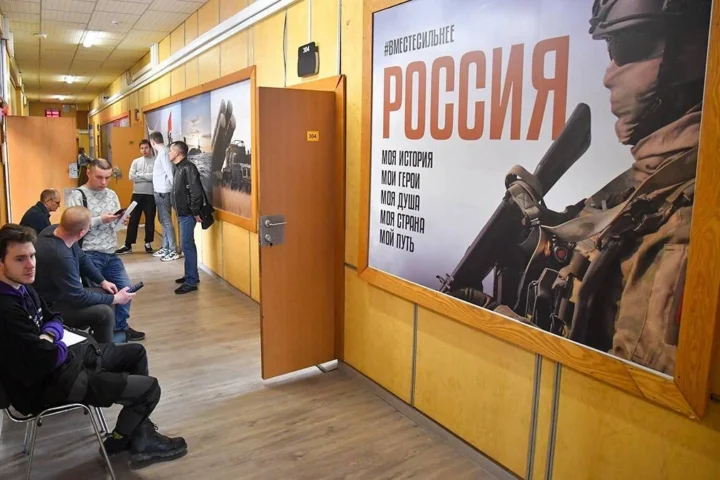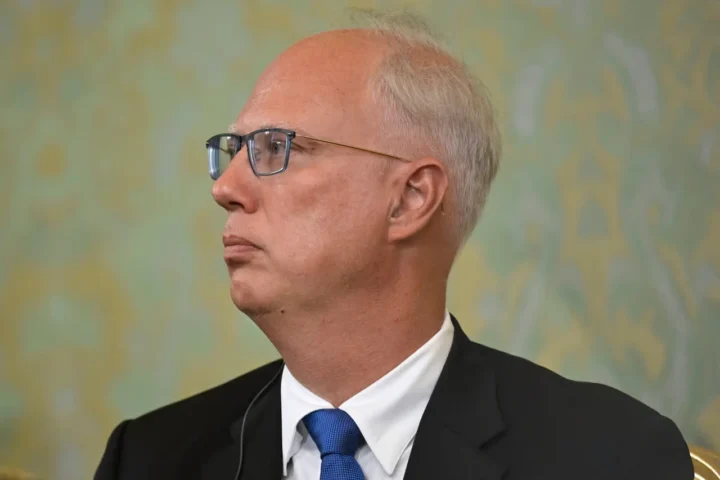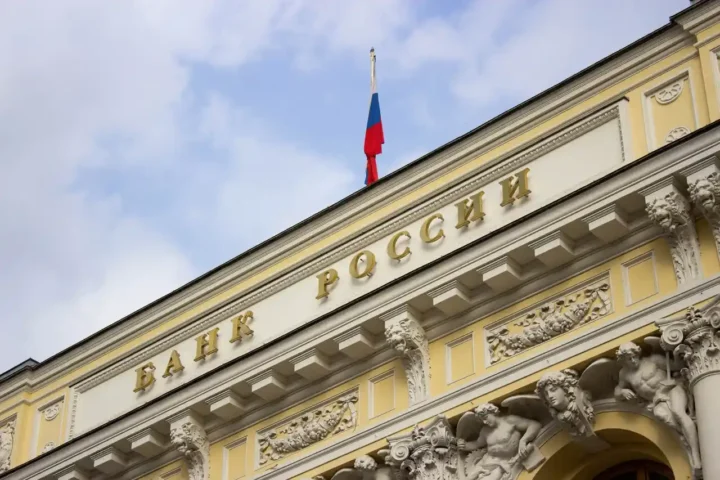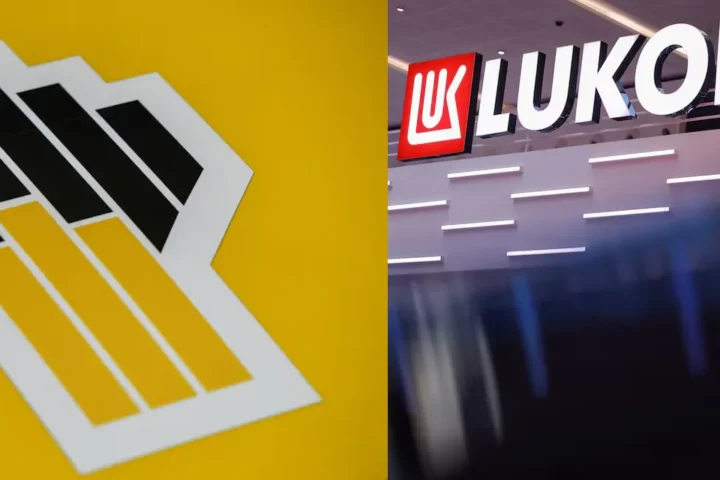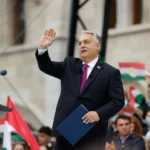As the war in Ukraine stretches into its third year, diplomatic tensions continue to mount, with key Western allies calling on Russia to respond to a recent U.S.-backed proposal for a partial ceasefire. The plan, which Ukraine has already accepted unconditionally, aims to reduce hostilities and prevent further civilian casualties. However, Russia’s silence is sparking frustration among American and European officials alike.
NATO Allies Demand Clarity from Moscow
During a NATO summit of foreign ministers in Brussels, French Foreign Minister Jean-Noël Barrot and his British counterpart, David Lammy, issued a joint appeal to Russian President Vladimir Putin. Barrot directly accused Moscow of engaging in political “flip-flopping” — saying that despite last month’s informal agreement to halt attacks on Ukraine’s critical energy infrastructure, Russia has continued its aerial bombardments.
“Today, Russia owes an answer to the US,” Barrot declared. “It has to be yes, it has to be no — it has to be a quick answer.”
This sharp tone reflects growing impatience within Western capitals, particularly Washington, where officials have reportedly become exasperated with what Bloomberg describes as “Russia’s slow-walking of talks.” The U.S. has been leading back-channel negotiations, seeking to establish at least a partial truce, starting with the strategically vital Black Sea region.
Pressure Builds as Civilian Casualties Mount
Canadian Foreign Minister Mélanie Joly echoed these concerns, stating unequivocally that “at one point, Russia has to come back with a position,” warning that continued delay or rejection of the ceasefire would carry consequences. “If ultimately they don’t agree to ceasefire, there will be consequences,” she said, without specifying what form those might take.
Meanwhile, former U.S. President Donald Trump — a key player in U.S. foreign policy discussions — made headlines with his blunt remarks about the Kremlin’s hesitancy. Speaking over the weekend, Trump said he was “pissed off” at Putin for dragging his feet. However, in a later statement, he appeared to soften his stance, expressing hope that the Russian leader would “fulfill his part of the deal.”
Escalation on the Ground Undermines Talks
On the ground in Ukraine, the violence continues unabated. A Russian drone strike on the central Ukrainian city of Dnipro injured at least three people, according to regional governor Serhiy Lysak. In Kharkiv — Ukraine’s second-largest city — another drone attack targeted a residential building, killing at least five people and injuring over 30, including several children. Local authorities condemned the assault as yet another blatant violation of international humanitarian norms.
In a firm public rebuke, UK Foreign Secretary David Lammy sent a message to Moscow: “We see you, Vladimir Putin, we know what you’re doing.”
Truce in Question as Russia Links Deal to Sanctions Relief
Last week’s apparent diplomatic breakthrough — involving a partial truce in the Black Sea — now appears to be in jeopardy. Russian officials have since claimed that any agreement would hinge on sanctions relief, a condition that directly contradicts the U.S. summary of the deal. According to Bloomberg, European allies have already categorically rejected the notion of easing sanctions as part of a ceasefire agreement.
Though European nations are not directly participating in the current U.S.-Russia talks, they are closely involved in shaping the broader peace framework. Both France and the UK have been actively preparing scenarios for monitoring a ceasefire and further strengthening Ukraine’s defensive capabilities should hostilities ease.
U.S. special envoy Steve Witkoff met this week in Washington with Russian negotiator Kirill Dmitriev. A person familiar with the situation told Bloomberg that the U.S. is now awaiting Dmitriev’s report to Putin before deciding how to proceed with the next round of diplomatic efforts.
As tensions escalate and civilian casualties rise, the question remains: will Moscow finally offer a concrete answer — or continue to stall peace in Europe’s most devastating conflict since World War II? For now, the world watches and waits.
This article was prepared based on materials published by Bloomberg. The author does not claim authorship of the original text but presents their interpretation of the content for informational purposes.
The original article can be found at the following link: Bloomberg.
All rights to the original text belong to Bloomberg.




